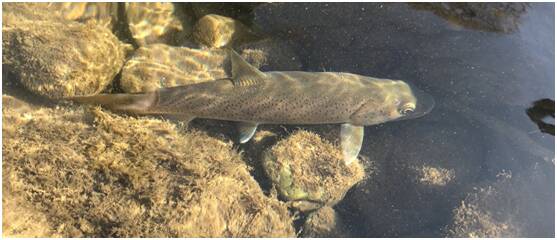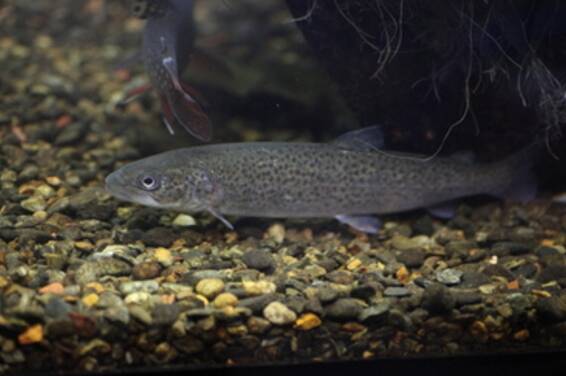The Latin name of Sichuan-Shaanxi Taimen is Hucho bleekeri. It is the southernmost (29-33°N) species among the five Taimen species in the world.

Sichuan-Shaanxi Tailer is a cold-water fish that likes to live in deep river bays and flowing water environments, with gravel or sandy bottoms and mountain streams at an altitude of 700-1200 meters. The banks are mostly covered by high mountains, the river is narrow, the water is turbulent, and the dissolved oxygen content and water temperature are low. It is active, swims well, is fierce, and likes to move alone. It is a fierce carnivorous fish. Its food mainly consists of adults and larvae of fish and aquatic insects, as well as water birds and aquatic mammals, and sometimes it also eats carrion.

The breeding season of Sichuan-Shaanxi Tailer is from March to May every year, with slight differences in different regions. In China, it is mid-to-late March in the Dachuan River in Sichuan and early April in the Mako River in Qinghai. Spawning requires a water temperature of 4-10℃, a bottom of sand or gravel, and a water depth of 15-80 cm. The spawning area is generally located in the middle of the river upstream with rapids and deep waters near the shore. The Sichuan-Shaanxi Taimen builds nests and lays eggs. The spawning parent fish digs a circular or oval shallow nest with a diameter of 150-300 cm in a suitable riverbed. The size of the ovary varies depending on the size of the fish. The flow rate in the nest is 0.4-0.6 m/s. The fertilized eggs are large, 3-4 mm, yellow, non-sticky, sinking eggs, and hatched in the nest. The incubation period is relatively long. The Sichuan-Shaanxi Taimen swim upstream before spawning.
Chinese and foreign scholars regard the point-like isolated distribution of Sichuan-Shaanxi Taimen and the same genus Taimen north of 40°N as the research material for the great changes in the sea and the mountains and rivers. They infer that Sichuan-Shaanxi Taimen is a remnant fish that invaded from the north to the south during the Quaternary glacial period. It is one of the powerful evidences for studying the formation of Chinese fish fauna and paleogeography, and has important research value in animal geography, paleoecology, fish systems and climate change.
In the special survey of Sichuan-Shaanxi Taimen conducted in 2004, it was also learned that Sichuan-Shaanxi Taimen has a close relationship with local agricultural production in the Mako River area. Every spring, when the local Tibetan people see Sichuan-Shaanxi Taimen appearing in a specific area, they know that it is time to plant the land.
In 1988, Sichuan-Shaanxi Taimen was listed as a second-class protected animal in China, and was also included in the "China Red Book of Endangered Animals·Fish". In 2012, Sichuan-Shaanxi Taimen was included in the "Red List of the World Conservation Union for Nature" (IUCN), and its protection level was critically endangered (CR).
Listed in the first level of the "List of National Key Protected Wildlife in China".
Protect wildlife and eliminate game.
Maintaining ecological balance is everyone's responsibility!